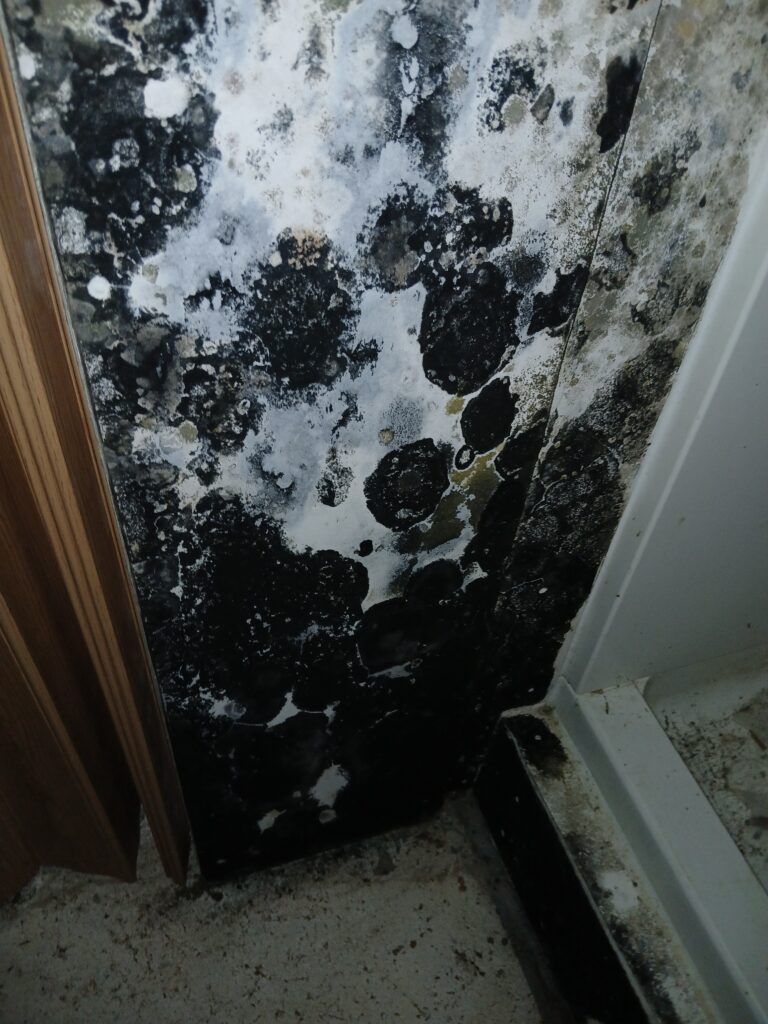Professional mold inspection utilizes a visual and analytical inspection of the suspected area of concern. The first aspect of any inspection is a visual inspection. During the visual mold inspection, the mold inspector will look for signs of mold growth on materials that support mold, such as wood framing, paneling, wood furniture, and sheetrock. This is especially true in high-risk areas of homes such as New Jersey crawl space and local moldy basement, which often have elevated relative humidity.
The next sense that is used is olfactory. If there is mold contamination in an enclosed space there is going to be a musty odor. That musty odor is a byproduct of the metabolism of fungi. When fungi(mold) digest the cellulose found in many building products, it gives off a gas that we detect as musty or an organic smell. When you are walking in the woods you get that same odor because you are surrounded by literally billions of mold spores. That is fine outdoors, but it is not supposed to be happening in your home or business.
The last tool a mold inspector has is air quality testing. Local air quality testing compares the air inside a living or working area to the outside environment. The CDC states that indoor mold spore concentrations should be the same or lower than the outside environment. So we take air samples of several areas on the interior and then one sample from the outside. If the indoor mold spore counts are 5x that of the outside, there is a problem.












